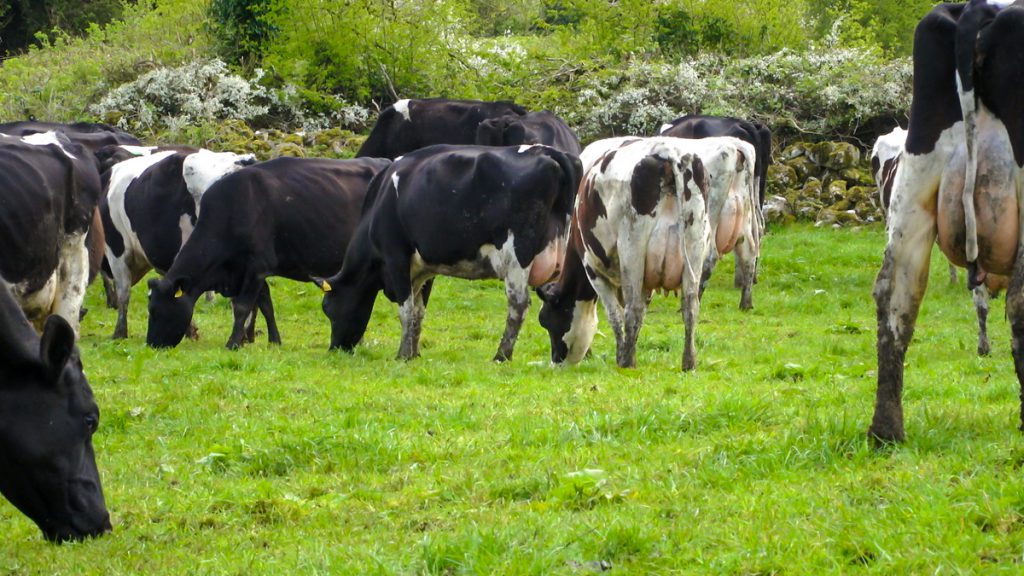Teagasc must support farmers to “take advantage” of diversification options including forestry, organics, anaerobic digestion (AD), and solar PV, Teagasc director, Prof. Frank O’Mara has said.
One of the key asks of Teagasc is to support farmers to adopt new technologies in the Marginal Abatement Cost Curve (MACC) over the next few years, he added.
The new MACC, launched earlier this year, identified measures to cut greenhouse gas (GHG) emissions and suggested the uptake of diversification options to displace 140,000 livestock units.
Diversification into organic farming, increased tillage and forestry or biomethane feedstock production has the potential to aid in herd stabilisation and contribute to meeting targets, Teagasc said.
Teagasc
The development of new and additional technologies must be accelerated by the state agency, Prof. O’Mara said in Teagasc’s annual report and financial statements for 2022.
The state agency aims to deliver on those targets through its Climate Action Strategy which sets out how it will support farmers and the agri-food industry to reduce emissions by 25%.

Agriculture could meet this target, the MACC shows, based on a 8% rise in dairy cow and a 29% drop in suckler cow numbers by 2030, at the maximum adoption rate of mitigation measures.
Dairy Economic Breeding Index (EBI) and a younger slaughter age have been identified as measures which could significantly contribute to costs savings of up to €2 billion by 2030.
“The unexpected disruptions to worldwide agricultural production and markets in 2022 show that food supplies cannot be taken for granted.
“The role of Teagasc in supporting farmers to produce in a sustainable way is more vital than ever,” Teagasc chair, Liam Herlihy added.
Following the Russian invasion of Ukraine so soon after the Covid-19 pandemic, farmers internationally had to deal with very “substantial cost pressures” last year, Herlihy said.
